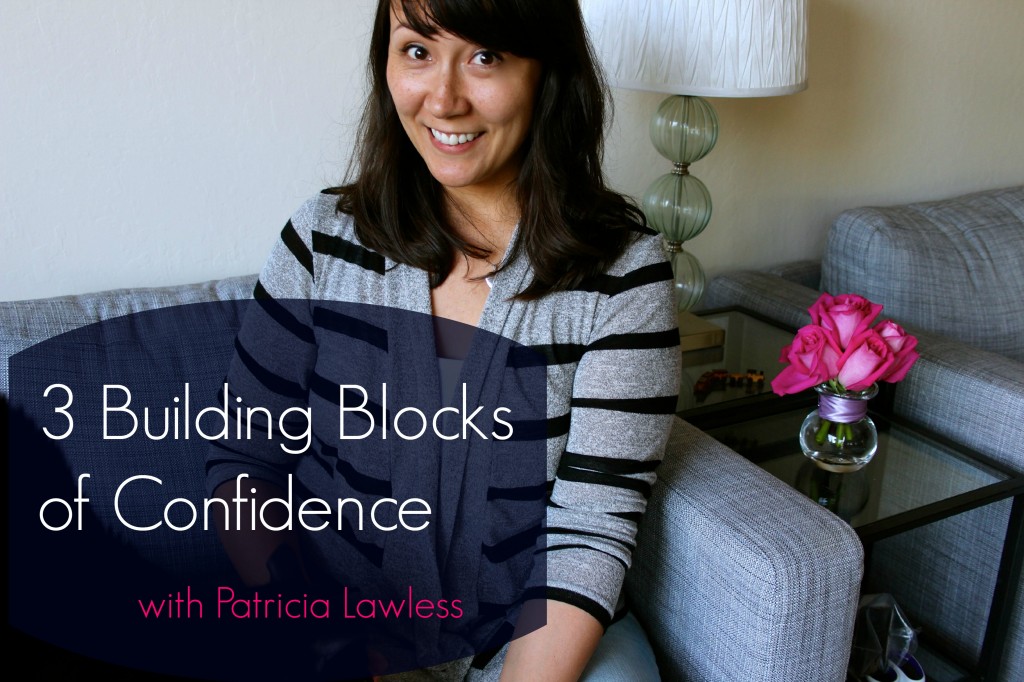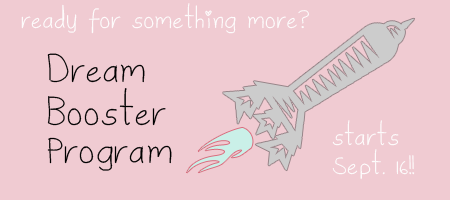 As the year draws to an end, I find myself thinking a lot about what possibilities 2015 holds, and why it seems so hard (for me) to accomplish what it is I want to accomplish and make real the things I resolve to do (like running another marathon). Do you ever feel that way?
As the year draws to an end, I find myself thinking a lot about what possibilities 2015 holds, and why it seems so hard (for me) to accomplish what it is I want to accomplish and make real the things I resolve to do (like running another marathon). Do you ever feel that way?
So last time, I reflected on a few of the things we do that make it hard to succeed with our goals. And now that my Christmas-cookie-induced-brain-fog has lifted, I’ve thought of a couple more.
Sometimes we can’t see the forest for the trees.
You know when you get so bogged down in the details of something that you lose sight of what you’re even doing? Or when you get so busy doing the things that are “important” right now that you don’t think about what you might want a month or year or 5 from now?
We all do this at one time or another. Whether it’s eating whatever is available because it’s convenient (forgetting that what you really want is to lose 5 or 10 or 30 pounds), or an obsession with responding to email as they enter your inbox instead of using that time for more fulfilling things (or many other examples I trust I don’t need to list out because you know what you get yourself “busy” with).
This is why it’s important to take time to look at the bigger picture of your life.
What’s important? Where do you want to be in a year or 3 or 5? What lights you up?
Try this: Take out a blank sheet of paper and jot down whatever comes up for you when you consider the following questions:
- What’s most important to me? (As in, if I’m 95 and never did it, I will regret this)./
- What do you want your life to look like in 1 year? 3 years? 5 years? (There are no wrong answers, and even a blurry picture that evokes feelings is better than not taking a look).
- What makes me feel alive?
When you have answers for those questions, consider how you want to shape the next bit of your life, whether it’s tomorrow, this month, or this year.
And sometimes we can’t see a single tree because we’re focused on the forest.
This happens to me a lot. I look at the big picture, I know what the dreams and visions are. I know the feelings and the overall plan with major milestones for getting from here to whatever the big picture is. But in the day-to-day of life, I lose sight of what needs to happen.
This is a problem because if you are only thinking big picture (strategical planning), and forget about the day-to-day (tactical stuff), nothing really gets done. At least not anything related to that big picture.
Chris Brogan says that your day is your week is your month is your year. Which means that what you do today impacts what you get done this week which impacts what you get done this month, etc.
It’s not enough to know the big picture. You also have to know what needs to get done today in order to make the vision real.
Try this: After you have your big picture laid out, take the time to consider what needs to happen along the way. The way I like to do this is to look at my goals for the year and then consider what needs to be done in 6 months in order to be on track. And then look at what needs to be done in 3 months in order to be on track in 6 months. And then 1 month. And then this week. (From there, I do my best to fit in little bits of goal-moving stuff every day… even if it as simple as sending an email to someone).
It’s the little things we do everyday that add up to the bigger goals.
At the end of the day, we need to do both kinds of planning: big picture (strategic) and front-line, day-to-day (tactical). If we are missing one, we are missing both.
How do you make sure you get done what is most important?






